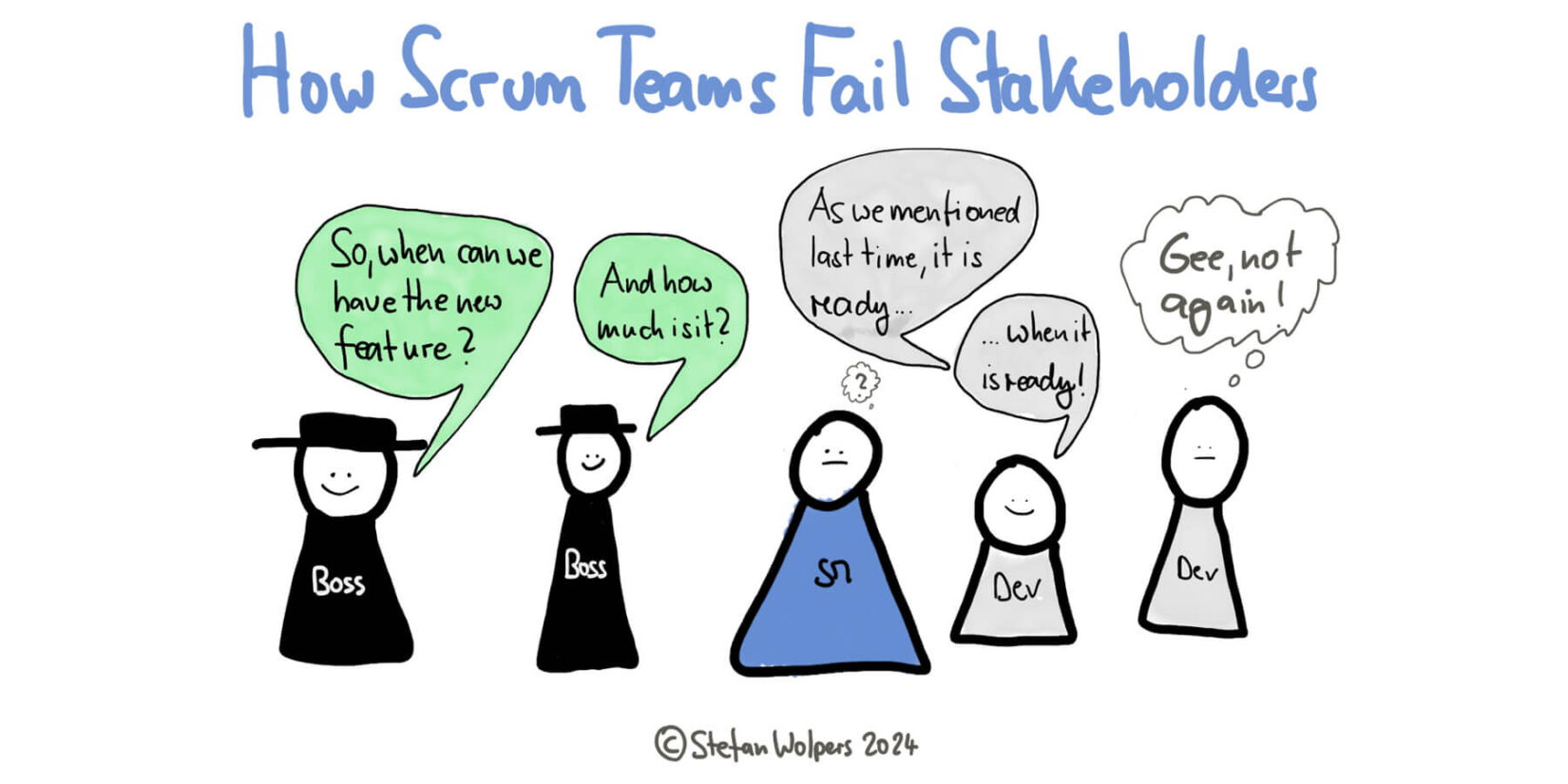TL; DR: Tackling Fake Agility with Johanna Rothman
Your team is supposed to use an agile approach, such as Scrum. But you have a years-long backlog, your standups are individual status reports, and you’re still multitasking. You and your team members wish you had the chance to do great work, but this feels a lot like an “agile” death march. There’s a reason you feel that way. You’re using fake agility—a waterfall lifecycle masquerading as an agile approach. Worse, fake agility is the norm in our industry. Now, there is light at the end of the tunnel; let’s delve into Tackling Fake Agility with Johanna Rothman!
📺 Watch the video now: “Agile” Does Not Work for You? Tackling Fake Agility with Johanna Rothman at the 59th Hands-on Agile Meetup.






